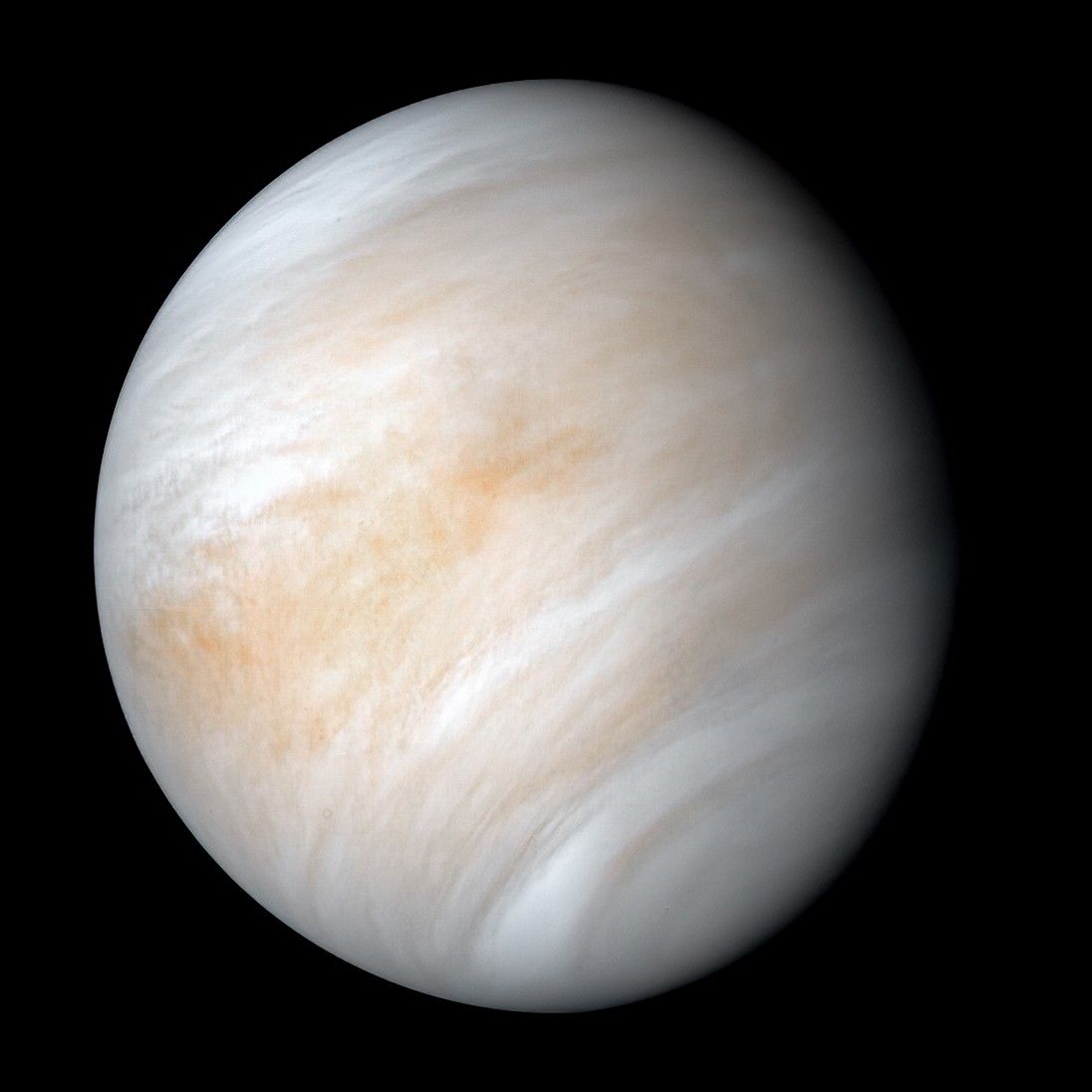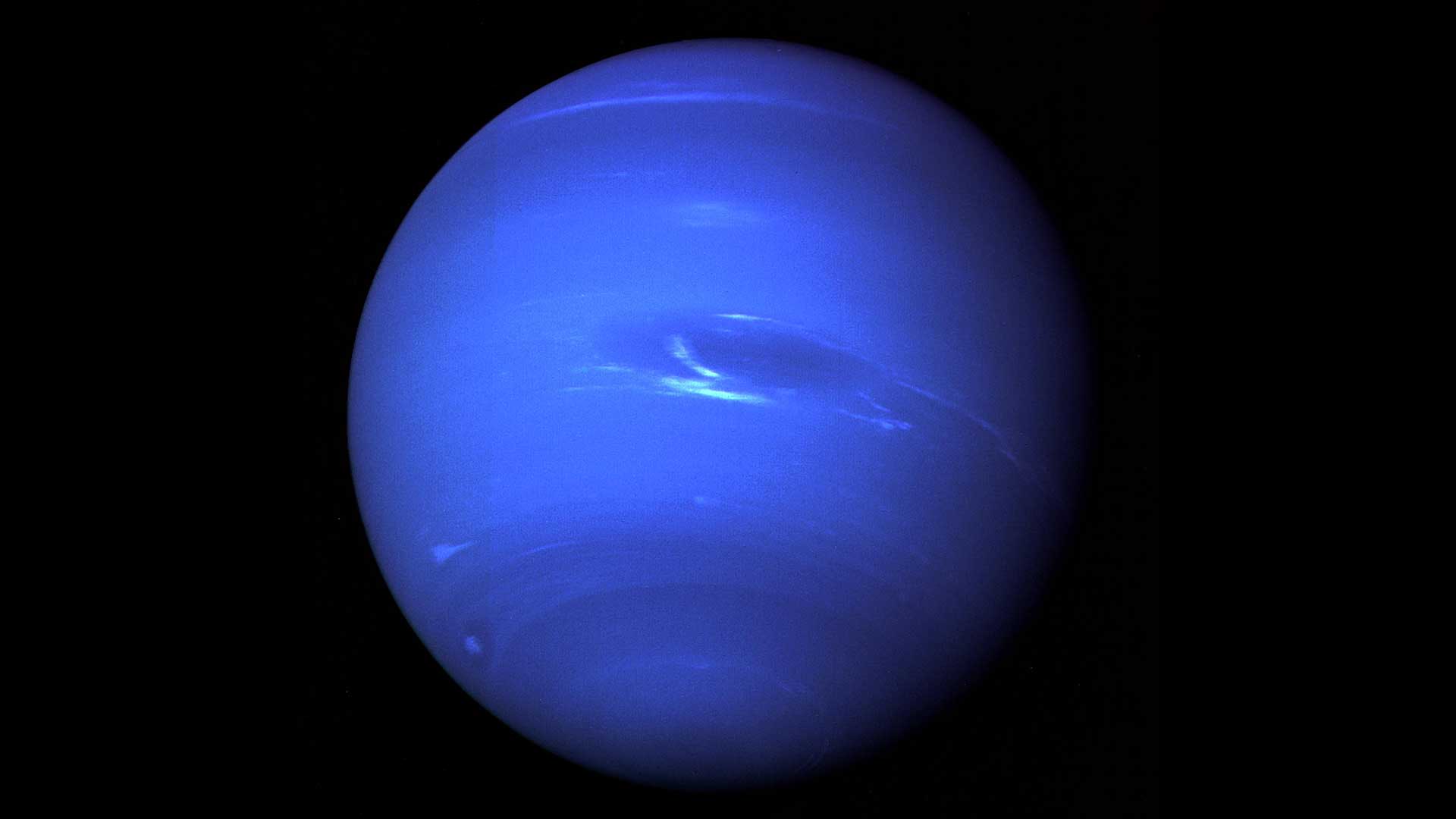Mercury: The Elusive Planet Closest to the Sun
Explore the intriguing Mercury, the smallest and closest planet to the Sun, known for its extreme temperatures, unique orbit, and mysterious magnetic field.
Mercury, the smallest and closest planet to the Sun, remains one of the most enigmatic bodies in our solar system. Despite its proximity to the Sun, it has long been an object of fascination for astronomers. The planet is unique in its harsh environment and intriguing characteristics, which continue to pique the interest of space scientists.
Mercury is only slightly larger than Earth's Moon, with a diameter of about 4,880 kilometers. Its surface is a mix of craters, cliffs, and vast plains, similar to the Moon’s, due to its lack of atmosphere and geological activity. The planet's temperature fluctuates drastically, with daytime temperatures soaring up to 430°C (800°F) and nighttime temperatures plunging to -180°C (-290°F). These extreme temperature shifts are a result of Mercury’s very thin atmosphere, which is unable to retain heat.
One of Mercury's most fascinating features is its highly elliptical orbit. It completes one orbit around the Sun in just 88 Earth days, but its day is much longer. A single day on Mercury lasts about 176 Earth days due to the planet's slow rotation and the effects of its elliptical orbit. This combination of a long day and short year makes Mercury unique in its rotation and revolution dynamics.
Mercury is also home to an unusual magnetic field. Unlike Venus, Earth, or Mars, which have magnetic fields generated by their liquid cores, Mercury's magnetic field is much weaker but still present. Scientists believe that Mercury's magnetic field is generated by its molten iron core, which is still active despite the planet’s small size.
Recent space missions, such as NASA’s MESSENGER probe, which orbited Mercury from 2011 to 2015, have provided critical data about the planet's surface and internal structure. The probe revealed that Mercury has a large, iron-rich core, making up a significant portion of its mass. This discovery has sparked new questions about the planet’s formation and the forces at work in the early solar system.
In addition to MESSENGER, a new mission, ESA's BepiColombo, launched in 2018, is set to continue the exploration of Mercury. This mission, a collaboration between the European Space Agency (ESA) and Japan’s JAXA, aims to provide more detailed information about the planet’s surface, magnetic field, and exosphere. The BepiColombo mission is expected to arrive at Mercury in 2025, offering scientists new insights into the planet’s mysterious nature.
Mercury’s lack of atmosphere, extreme temperatures, and slow rotation make it a challenging planet to study. Yet, it remains a key subject in the quest to understand the dynamics of rocky planets and the early history of our solar system. With ongoing research and future missions, Mercury continues to offer valuable clues about planetary formation, the Sun’s influence on its surroundings, and the conditions for life on other planets.
What's Your Reaction?












/https://tf-cmsv2-smithsonianmag-media.s3.amazonaws.com/filer_public/54/66/546650fa-26a4-40fd-8d6d-5a7a04540f81/rosetta2.png)
:max_bytes(150000):strip_icc():focal(999x0:1001x2)/robert-prevost-050825-1-39395418ab494da5a3a700c9478e66c8.jpg)















































format(webp))
format(webp))

























